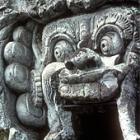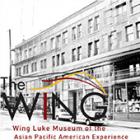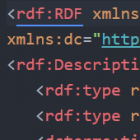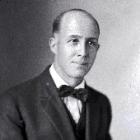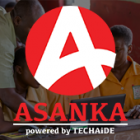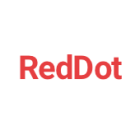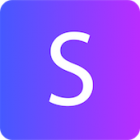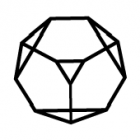
Grey Matters
Our project address the problem of the communication of material from scientists to the general public about information that impacts their lives. Working with Grey Matters, a neuroscience journal, our solution is the development of an phone application that hosts informational content about neuroscience, and a dashboard to easily upload content to the app. With this application and dashboard, information about neuroscience will be accessible to a wider audience and increase the knowledge and understanding of the field to the general public. It will also extend the reach and influence of scientists through the content Grey Matters produces.

